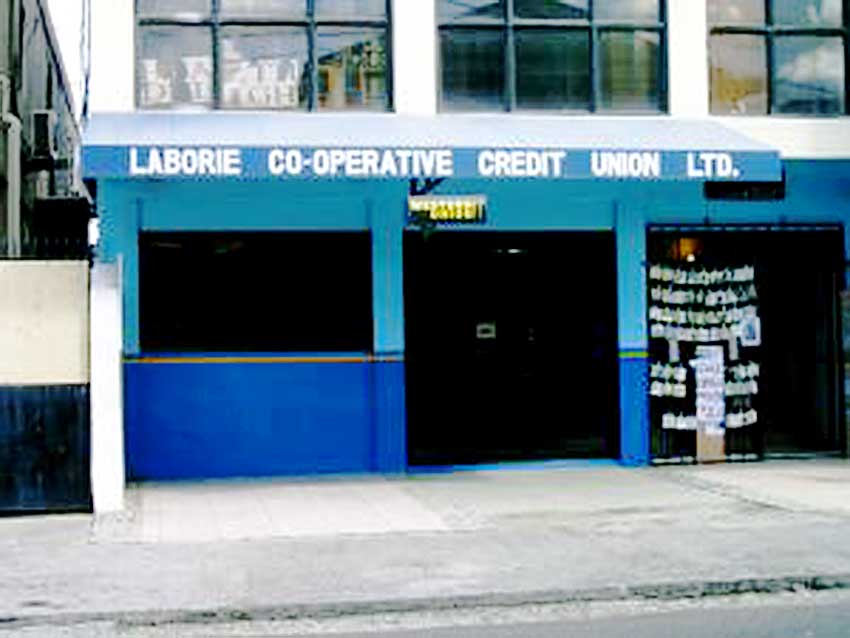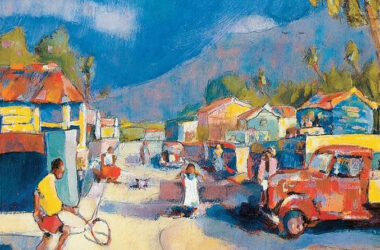IN 1946 a group of 28 Saint Lucians pioneered the establishment of co-operatives here, and on June 16, 1948, an Ordinance No. 17 of 1946 was promulgated to provide the necessary legal status for co-operative societies in Saint Lucia. In 1967, a Department of Co-operatives was established with deceased Harold F.C. Simmons as the first Registrar of Co-operatives.
What then is a cooperative and from what did it emerge?
A cooperative is described as an enterprise owned and run jointly by its members with profits shared among them. This could take the form of anything such as credit unions, farms, businesses, even apartment houses owned jointly by its tenants. Simply put it’s an autonomous body of persons coming together with the same focus, vision.
Examples of co-operatives in St. Lucia are credit unions of which there are 16 registered and are called financial cooperatives in that they sell money, meaning their give loans. There are also about 19 non-financial registered cooperatives. The cooperatives that are non-financial are called so because they do not trade in money. They are set up to serve their members by providing them with services. An example of such a cooperative is the Castries fishermen which own the gas station next to LUCELEC at Sans Souci.
Under St. Lucia Cooperative Laws non-financial cooperatives cannot give loans to members but they are allowed to establish welfare schemes, funds that would assist them like distress funds. The Belvue Farmers’ Cooperative is also another example of a non – financial cooperative, along with the Black Bay Farmers Cooperatives and others in various districts across the country.
From what did cooperatives emerge? Was it an idea someone had and overtime it developed to such great lengths that legislating it became a necessity?
A chat with the persons who now staff the Cooperative Department of government revealed that the idea of cooperatives came out of a long ago initiative which was popular in St. Lucia but which has since faded from the culture of the people. While it is still spoken of today it is hardly if ever embarked upon. It is called “Koudmain” where a community came together to help one of their own to either build a house or other project.
The Co-operative Act No. 28 of 1999, permits and protects the operations, organization and character of Co-operative Societies in Saint Lucia and provides for every matter that governs the business of the society and its membership. The Rules and By-Laws of Societies in keeping with the Regulations are registered under this Act. Co-operative Societies Regulations
The rules or by-laws of societies are patterned on the Act and Regulations which allow for uniformity of conduct of all co-operative societies. The arrangement of the Regulations is itemized and provides various legal forms that are necessary under the First Schedule and fees payable as a Second Schedule. Any violation of either of these instruments constitutes a case for disciplinary judgment to be made either by the Registrar or pursued through the courts for purposes of enforcements. Anyone who does business with the societies, outside of its membership may seek redress under these legal instruments.
It must be noted that co-operatives could form an umbrella body whose purpose would be to deal with matters benefiting all and not just one or a few.
The credit union have such a body called the St. Lucia Co-operative League Ltd. It was established on 26 January, 977, ten years after the Department of Co-operatives was established.
Since then the credit union sector has developed tremendously and now boasts 16 credit unions, most operating with computerized systems upgraded from their manual based systems. The sector now have a consolidated asset base in excess of EC$ 672,371,519 and a membership base of 91,637 as of December 2015.
And last month the League moved into its own building in the William Peter Boulevard, 40 years after its existence, thanks to the nine credit unions that invested in its purchase and refurbishment.







